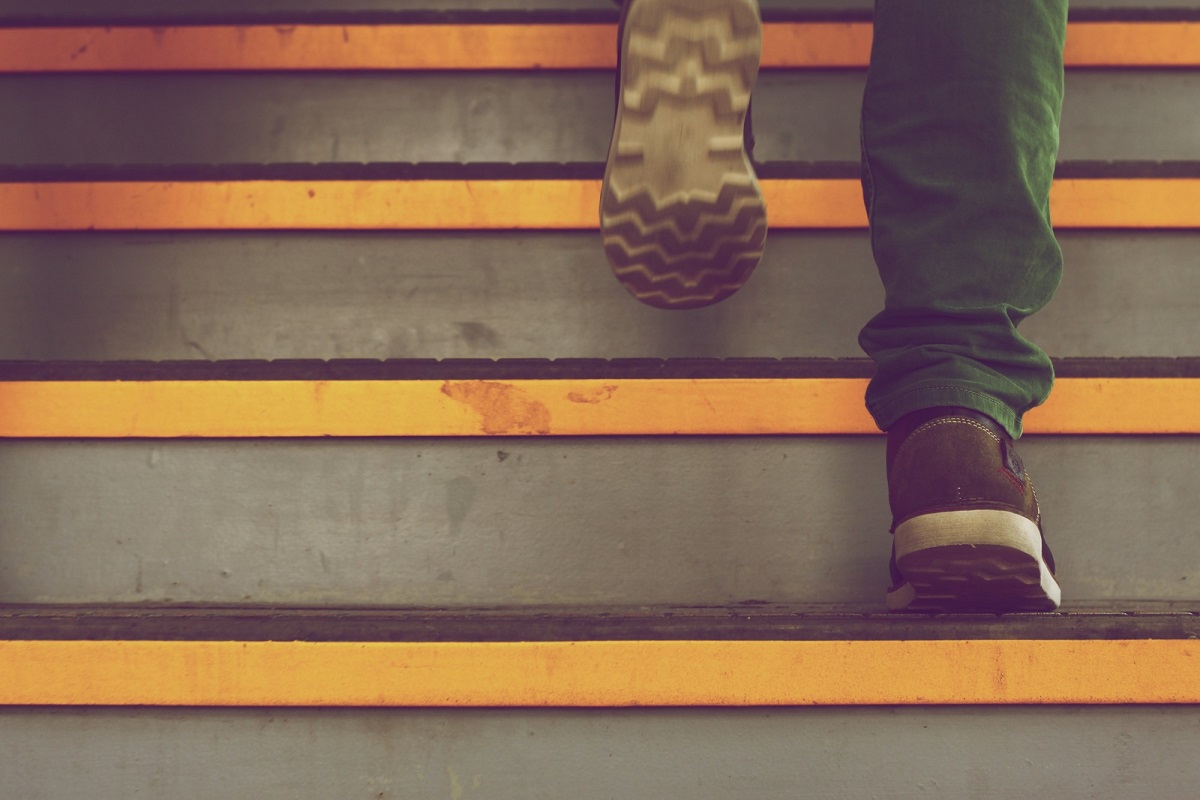

Articles
How To Prevent A Fall When Climbing Stairs
Modified: December 7, 2023
Read our informative articles on how to prevent falls when climbing stairs. Gain valuable tips and insights to ensure your safety and confidence.
(Many of the links in this article redirect to a specific reviewed product. Your purchase of these products through affiliate links helps to generate commission for Storables.com, at no extra cost. Learn more)
Introduction
Stair safety is often overlooked, yet it is a crucial aspect of everyday life. Whether at home, in public buildings, or at workplaces, climbing stairs is a common activity that can pose a risk of injury if proper precautions are not taken. Falls from stairs can result in serious consequences, ranging from minor bruises to fractures or even more severe injuries. The importance of stair safety cannot be emphasized enough, as it not only protects individuals from harm but also ensures a smooth and accident-free experience when navigating staircases.
In this article, we will explore the significance of stair safety, the risks involved in climbing stairs, as well as practical tips to prevent falls. By implementing these measures, you will be able to navigate staircases with confidence, knowing that you have taken the necessary steps to protect yourself and others from potential accidents.
Key Takeaways:
- Prioritizing stair safety is crucial for personal well-being, public safety, and inclusivity. Implementing measures such as using handrails, wearing appropriate footwear, and maintaining good lighting can significantly reduce the risk of falls.
- Regular maintenance and repairs are essential for preserving the safety, functionality, and longevity of staircases. By promptly addressing issues and performing routine inspections, a safer environment for everyone who uses the stairs can be created.
Read more: When Can Puppies Climb Stairs
Importance of Stair Safety
Stair safety is of paramount importance for several reasons. Firstly, falls from stairs can lead to serious injuries, especially among older adults and children who are more prone to accidents. Fractures, sprains, and head injuries are common outcomes of stair-related falls, resulting in pain, medical expenses, and potentially long-term health issues.
Furthermore, stair safety is not limited to personal well-being, but it also contributes to overall public safety. In public spaces such as schools, offices, and shopping centers, a single fall on a staircase can disrupt operations, cause lawsuits, and tarnish reputations. By prioritizing stair safety, building owners and managers demonstrate their commitment to providing a safe environment for their customers, employees, and visitors.
Ensuring proper stair safety also benefits the community as a whole. Stair-related accidents often put a strain on emergency services, as these incidents require medical attention and might necessitate ambulance transport to hospitals. By minimizing the occurrence of falls, the burden on emergency resources can be reduced, allowing them to be allocated to more critical cases.
Moreover, stair safety promotes inclusivity and accessibility. People with mobility challenges, such as those who rely on wheelchairs, walkers, or crutches, may also need to navigate staircases at times. By implementing safety measures like ramps or elevators alongside stairs, individuals with disabilities can have equal access to buildings, ensuring that they can fully participate in societal activities without barriers.
Overall, prioritizing stair safety is not only a matter of personal well-being but also a collective responsibility. By taking proactive steps to prevent falls on stairs, we can create safer environments for ourselves, our communities, and future generations.
Understanding the Risks
To effectively prevent falls on stairs, it is important to have a thorough understanding of the risks involved. Stair-related accidents can occur due to various factors, and being aware of these risks can help you take appropriate measures to minimize them.
One of the primary risks when it comes to stairs is the design and layout of the staircase itself. Uneven steps, lack of handrails or improper placement of handrails, narrow stairs, or inadequate lighting can all contribute to an increased likelihood of falls. Additionally, high-traffic areas with crowded staircases can increase the chances of accidents, as people may feel rushed or crowded, causing them to lose balance or miss a step.
Another significant risk factor is human behavior and negligence. Distractions such as talking or texting on phones while climbing stairs can divert attention and lead to missteps. Carrying heavy objects or wearing inappropriate footwear can also increase the risk of falling. Additionally, failure to use handrails or rushing up or down the stairs can further contribute to accidents.
Environmental factors, such as slippery or wet surfaces caused by spills, rain, or cleaning, can significantly increase the risk of falls on stairs. Failing to promptly address these issues can pose a serious hazard to anyone using the staircase.
Understanding the risks associated with stairs allows you to identify potential hazards and take appropriate action. By being mindful of these risks, you can proactively implement preventive measures to mitigate the chances of accidents on staircases and create a safer environment for all.
Common Causes of Falls
Falls on stairs can occur due to a variety of causes, and understanding these common factors is crucial for preventing accidents and ensuring stair safety.
Poor visibility is a significant cause of falls on stairs. Inadequate lighting, particularly in dimly lit areas or during nighttime, can make it difficult to see the steps clearly, leading to misjudgment or tripping. Similarly, glare from bright lights or sunlight can also obstruct visibility and increase the risk of falls.
Unmaintained or damaged stairs pose a significant hazard. Loose, worn-out, or broken steps can cause individuals to lose their balance or trip, resulting in falls. Additionally, the absence or improper installation of handrails further increases the chances of accidents, as people rely on them for stability and support while going up or down the stairs.
Environmental factors such as slippery surfaces are also common causes of falls on stairs. Spilled liquid, wet floors due to rain or cleaning, or even ice during winter months can create a hazardous condition, making the steps slippery and prone to accidents. Failure to promptly address these issues can put individuals at risk.
Human behavior and negligence play a significant role in falls on stairs. Distractions such as using mobile phones, talking, or carrying heavy objects can divert attention and lead to missteps or loss of balance. Wearing inappropriate footwear, such as high heels or shoes with worn-out soles, can also contribute to falls on stairs.
Inadequate handrail usage is another common cause of falls. Many people fail to use handrails or underestimate their importance, especially when ascending or descending steep or lengthy staircases. Handrails provide stability and support, helping individuals maintain their balance and prevent falls.
By understanding these common causes of falls on stairs, you can take proactive measures to address them and ensure a safer stair environment for yourself and others.
Tips for Preventing Falls
Preventing falls on stairs requires a proactive approach and implementing safety measures. Here are some practical tips to help you maintain stair safety:
- Pay attention and stay focused: Avoid distractions while climbing stairs. Put away your phone and refrain from engaging in conversations that may divert your attention. By staying focused, you can better assess your surroundings and react to any potential hazards.
- Use handrails: Handrails are a crucial safety feature on stairs. Always use handrails, especially when ascending or descending steep or lengthy staircases. Grip the handrail firmly for support and stability throughout your climb or descent.
- Take your time: Avoid rushing up or down the stairs. Move slowly and deliberately, being mindful of every step. Taking your time allows you to maintain balance and better adapt to any irregularities or hazards on the stairs.
- Wear appropriate footwear: Choose footwear that provides good traction and support. Avoid wearing high heels, slippers, or shoes with worn-out soles while climbing stairs, as they increase the risk of slipping and falling. Opt for shoes with rubber soles that offer stability and grip.
- Ensure proper lighting: If the lighting in the stairwell is dim or inadequate, consider improving it. Proper lighting is essential for clear visibility and reducing the risk of misjudging steps or tripping. Install bright, energy-efficient LED lights to illuminate the staircase effectively.
- Keep staircases clear: Ensure that staircases are free from clutter, debris, or any obstacles that could pose a tripping hazard. Regularly inspect the stairs and remove anything that could impede safe passage, including loose rugs or mats.
- Be cautious in inclement weather: Exercise additional caution when navigating stairs during rain, snow, or icy conditions. These weather conditions make the steps slippery, increasing the risk of falls. Consider using handrails more diligently and opt for alternative routes or use non-slip mats or traction pads on outdoor stairs.
- Practice good stair etiquette: Be mindful of others using the stairs. Avoid pushing or rushing past people, especially in crowded stairwells. Maintain a safe distance and allow others to pass if necessary.
- Regular maintenance and inspections: Periodically inspect the condition of stairs, handrails, and lighting. Address any damages or issues promptly, such as loose steps or broken handrails. Regular maintenance ensures a safer stair environment.
By following these tips and implementing safety measures, you can significantly reduce the risk of falls on stairs and create a safer environment for everyone.
Read more: How To Prevent Falls In Construction
Proper Footwear for Stair Climbing
Choosing appropriate footwear is crucial for maintaining stability and preventing falls when climbing stairs. Here are some considerations for selecting the right footwear:
1. Good Traction: Opt for shoes that provide excellent traction on different types of surfaces. Look for rubber soles with a textured pattern, as they offer better grip and help prevent slipping on stairs.
2. Proper Fit: Ensure that your shoes fit correctly and provide ample support to your feet. Shoes that are too loose can lead to instability and increase the risk of tripping, while shoes that are too tight may cause discomfort and restrict your movement.
3. Low Heels or Flat Soles: Avoid wearing high heels or shoes with elevated platforms when climbing stairs. High heels can throw off your balance and increase the chances of losing stability. Opt for shoes with low heels or flat soles to ensure a solid footing on each step.
4. Cushioning and Arch Support: Look for shoes that provide adequate cushioning and arch support. Proper cushioning helps absorb shock and reduces the impact on your feet and joints. Arch support promotes proper alignment and stability while climbing stairs.
5. Secure Fastening: Choose shoes with secure fastening mechanisms such as laces, straps, or buckles. This ensures that your shoes are firmly secured to your feet, minimizing any chances of slipping out or coming loose while climbing stairs.
6. Avoid Worn-Out Soles: Check the condition of your shoes regularly, especially the soles. Worn-out soles with reduced tread can compromise traction and increase the risk of slipping. Replace shoes with worn-out soles to maintain a safe grip on the stairs.
7. Consider Athletic Shoes: Athletic shoes, such as sneakers or running shoes, are often designed with stability, traction, and support in mind. These shoes are a suitable choice for stair climbing, as they offer excellent grip and cushioning to minimize the risk of falls.
By wearing proper footwear that provides good traction, support, and stability, you can enhance your safety when climbing stairs. Remember to regularly inspect and replace worn-out shoes to ensure optimal performance and minimize the risk of accidents.
Always use the handrail when climbing stairs to maintain balance and prevent a fall. Take one step at a time and watch your step to avoid tripping.
Use of Handrails
Handrails play a crucial role in stair safety, providing support and stability to individuals as they navigate staircases. Here are the reasons why using handrails is important:
1. Stability and Balance: Handrails offer a stable support system for individuals while climbing stairs. By gripping the handrail, you can maintain balance, especially when ascending or descending steep or narrow steps. Handrails provide an extra point of contact for support, reducing the risk of falls.
2. Assistance for Those with Mobility Challenges: Handrails are particularly beneficial for individuals with mobility challenges, such as the elderly, individuals with disabilities, or anyone recovering from an injury. They provide a guiding support system, making it easier to navigate the stairs and improving their overall mobility and independence.
3. Confidence and Security: Using handrails instills a sense of confidence and security when climbing stairs. Knowing that you have something to hold onto provides reassurance, especially in unfamiliar or challenging environments. It helps alleviate any fear or anxiety associated with stair climbing.
4. Fall Prevention: Handrails significantly reduce the risk of falls on stairs. They act as a safety measure, catching individuals in case of a stumble or loss of balance. By using handrails, you have a point of support to regain stability, preventing potential falls and their associated injuries.
5. Aid in Emergency Situations: Handrails are critical during emergency situations, such as fire evacuations or power outages. In such cases, visibility may be compromised, and rushing down the stairs can pose a greater risk. By using handrails, individuals can navigate the stairs safely and efficiently, even in stressful or low-visibility situations.
6. Multifunctional Use: Handrails can also be used to assist in carrying items while climbing stairs. By utilizing the handrail for support, you can free up your hands to carry groceries, luggage, or other objects, reducing the strain on your body and improving your overall balance.
7. Reinforce Stair Safety Culture: Encouraging and practicing the use of handrails promotes a stair safety culture. When others see individuals consistently using handrails, it serves as a visual reminder of the importance of stair safety. It encourages others to follow suit and reinforces the idea that handrails are there for a reason – to keep everyone safe.
Remember, whenever you climb stairs, make it a habit to use handrails for your safety and the safety of others. Handrails are an essential component of stair safety, providing stability, balance, and confidence while navigating staircases.
Maintaining Good Lighting
Good lighting is an essential factor in maintaining stair safety. Adequate and well-maintained lighting helps individuals clearly see the steps and their surroundings, reducing the chances of missteps and falls. Here are the reasons why maintaining good lighting is crucial for stair safety:
1. Visibility: Proper lighting ensures that the steps and any potential hazards on the stairs are clearly visible. Dim or inadequate lighting can make it difficult to see the edges of the steps, leading to misjudgment and potential tripping. Good lighting provides clear visibility of the steps, helping individuals navigate them safely.
2. Depth Perception: Well-lit stairs enhance depth perception, allowing individuals to accurately judge the distance and height of each step. This is particularly important for individuals with visual impairments or depth perception issues, as good lighting assists them in perceiving the stairs’ dimensions correctly.
3. Hazard Identification: Proper lighting helps individuals identify potential hazards on the staircase, such as spills, debris, or broken steps. With good lighting, these hazards become more visible, allowing people to navigate around them or report them for prompt maintenance or clean-up.
4. Prevention of Tripping and Slipping: Well-lit stairs contribute to preventing tripping and slipping accidents. By providing ample lighting, individuals can clearly identify any irregularities or objects on the steps that may cause them to trip or lose balance. Identifying slippery surfaces, such as spilled liquids or wet areas, becomes easier, allowing individuals to take precautionary measures.
5. Safety for All Users: Maintaining good lighting ensures safety for individuals with varying levels of eyesight or visual impairments. Bright and evenly distributed lighting assists everyone, including older adults, children, and individuals with low vision, in safely navigating the stairs by providing clear visibility of the steps and the surrounding environment.
6. Prevention of Criminal Activities: Proper lighting also deters criminal activities on staircases. Well-lit areas discourage unwanted behavior, making stairs safer for everyone, especially during nighttime or in secluded locations.
7. Regular Maintenance: It is essential to regularly inspect and maintain the lighting fixtures on staircases. Replace any burnt-out bulbs or malfunctioning lights promptly to ensure consistent illumination. Regular maintenance ensures that the lighting remains effective in providing optimal visibility and enhancing stair safety.
Remember, maintaining good lighting on staircases is critical for preventing falls and creating a safe environment. By ensuring proper lighting, you promote clear visibility, identify potential hazards, and enhance overall stair safety for everyone.
Keeping Staircases Clear and Free from Clutter
Maintaining clear and clutter-free staircases is vital for promoting stair safety. Clutter and obstructions on the stairs can pose significant hazards, increasing the risk of trips, slips, and falls. Here are the reasons why it is important to keep staircases clear:
1. Reduce Tripping Hazards: Clutter on staircases, such as objects, shoes, or toys, can easily cause individuals to trip and fall. Even small items can create obstacles that lead to accidents. By keeping staircases clear, you eliminate these tripping hazards, minimizing the risk of falls.
2. Enhance Clear Visibility: A clutter-free staircase provides unobstructed sightlines, allowing individuals to see the steps clearly. When stairs are cluttered, it can be difficult to spot potential hazards, such as loose or damaged steps. Clear visibility ensures individuals can safely navigate the stairs and make informed decisions.
3. Maintain Ease of Movement: A clutter-free staircase allows for smooth and unimpeded movement. Obstructions on the stairs can restrict the natural flow of individuals going up or down, increasing the likelihood of collisions or accidents. Keeping staircases free from clutter ensures a safer and more comfortable experience for everyone.
4. Accessibility for Individuals with Mobility Challenges: Clear staircases are essential for individuals with mobility challenges, such as those who use wheelchairs or walkers. Clutter can impede their ability to access the stairs or cause difficulties during navigation. By keeping staircases clear, you promote inclusivity and ensure that everyone can safely and comfortably use the stairs.
5. Prompt Emergency Evacuations: During emergencies, such as fires or earthquakes, clear staircases are crucial for swift evacuations. Clutter, such as stored items or improperly placed objects, can hinder escape routes and delay evacuation efforts. By keeping staircases clear, you ensure a quick and unobstructed path to safety for all individuals.
6. Promote Organizational Efficiency: Maintaining a clutter-free staircase contributes to overall organization and efficiency. You create a positive and professional environment, particularly in workplaces or public buildings. It demonstrates a commitment to cleanliness and safety, improving the overall aesthetics and functionality of the space.
7. Regular Inspection and Maintenance: Regularly inspect staircases for clutter and address any issues promptly. Encourage individuals to be mindful of keeping the stairs clear and provide designated storage areas for personal belongings. Implement a system for regular maintenance and cleaning to ensure that staircases remain clutter-free.
By keeping staircases clear and free from clutter, you establish a safer environment, reduce the risk of accidents, and promote efficient movement for everyone. It is a collective effort to maintain stair safety and ensure a pleasant experience when using the stairs.
Read more: Where To Climb Stairs Near Me
Regular Maintenance and Repairs
Regular maintenance and repairs are crucial for ensuring the safety and functionality of staircases. Staircases endure continuous wear and tear over time, making it essential to perform regular inspections and address any issues promptly. Here are the reasons why regular maintenance and repairs are important:
1. Identify and Fix Structural Issues: Regular maintenance allows for the identification and timely repair of any structural issues with the stairs. This includes addressing loose or broken steps, weakened handrails, or unstable supports. By promptly addressing these issues, you prevent further damage and ensure the stability and integrity of the staircase.
2. Prevent Tripping Hazards: Regular maintenance helps identify and eliminate potential tripping hazards on stairs. This includes fixing loose or worn-out treads, replacing damaged or missing nosings, and addressing any uneven or protruding steps. By maintaining even and well-maintained steps, you reduce the risk of tripping and falling.
3. Ensure Proper Handrail Functionality: Handrails are essential for stair safety. Regular maintenance ensures that handrails are securely fastened, properly aligned, and free from any damage. This includes inspecting and tightening bolts, addressing wobbly or loose handrails, and replacing worn-out grips. Properly functioning handrails provide stability and support, reducing the risk of accidents.
4. Address Slippery Surfaces: Regular maintenance helps identify and rectify slippery surfaces on stairs. This includes addressing spills, cleaning any accumulated debris or residue, and ensuring that stair surfaces have appropriate traction. By taking prompt action to address these hazards, you minimize the risk of slips and falls.
5. Enhance Lighting Effectiveness: Regular maintenance includes inspecting and maintaining proper lighting on staircases. Replace any burnt-out bulbs or malfunctioning lights promptly to ensure consistent illumination. Adequate lighting is crucial for clear visibility and reducing the risk of missteps or accidents due to poor lighting conditions.
6. Prolong Staircase Lifespan: Regular maintenance and repairs extend the lifespan of staircases. By addressing minor issues early on, you prevent further deterioration, reducing the need for costly repairs or complete replacements in the future. Proper maintenance ensures that staircases remain functional and safe for an extended period.
7. Compliance with Building Codes and Regulations: Regular maintenance and repairs help ensure that staircases meet the required building codes and safety regulations. By staying up-to-date with these standards, you create a safe environment for users and minimize potential liabilities.
Regular maintenance and repairs are essential for preserving the safety, functionality, and longevity of staircases. By promptly addressing issues and performing routine inspections, you create a safer environment for everyone who uses the stairs, preventing accidents and promoting overall stair safety.
Conclusion
Stair safety is a vital aspect of everyday life, and taking proactive measures to prevent falls is crucial for everyone’s well-being. Understanding the risks involved in stair climbing and implementing safety measures can significantly reduce the likelihood of accidents. By following the tips outlined in this article, such as using handrails, wearing appropriate footwear, maintaining good lighting, and keeping staircases clear and free from clutter, you can create a safer environment for yourself and others.
Stair safety goes beyond personal well-being; it also promotes public safety and inclusivity. By prioritizing stair safety, building owners and managers demonstrate their commitment to providing a secure environment for customers, employees, and visitors. Additionally, maintaining clear and well-maintained staircases ensures that individuals with mobility challenges can navigate them independently, promoting accessibility and equal opportunities for all.
Regular maintenance and repairs are fundamental in preserving stair safety. By conducting regular inspections, promptly addressing any issues, and adhering to building codes and regulations, you ensure the structural integrity of the stairs and prolong their lifespan. This not only reduces the risk of accidents but also prevents the need for costly repairs or replacements down the line.
Stair safety is a collective responsibility. By raising awareness about the importance of stair safety and encouraging others to practice safe behaviors, we can create a culture of vigilance and caution. Prioritizing stair safety in both residential and public spaces will help minimize accidents, protect individuals from harm, and contribute to a safer and more inclusive society.
In conclusion, by implementing the tips and measures discussed in this article, you can proactively enhance stair safety and prevent falls. Prioritize stair safety in your daily life, advocate for safety measures in public spaces, and spread awareness about the importance of stair safety. Together, we can ensure that staircases remain safe for everyone to use, reducing the risk of accidents and promoting a safer and more secure environment.
Frequently Asked Questions about How To Prevent A Fall When Climbing Stairs
Was this page helpful?
At Storables.com, we guarantee accurate and reliable information. Our content, validated by Expert Board Contributors, is crafted following stringent Editorial Policies. We're committed to providing you with well-researched, expert-backed insights for all your informational needs.
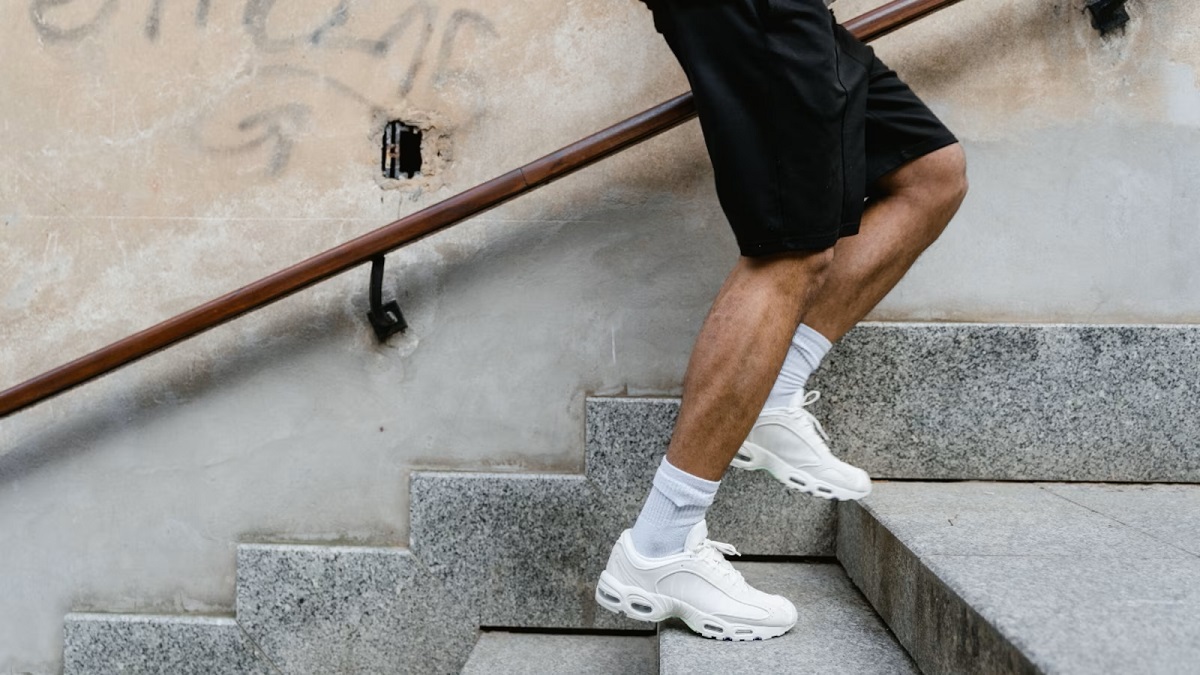
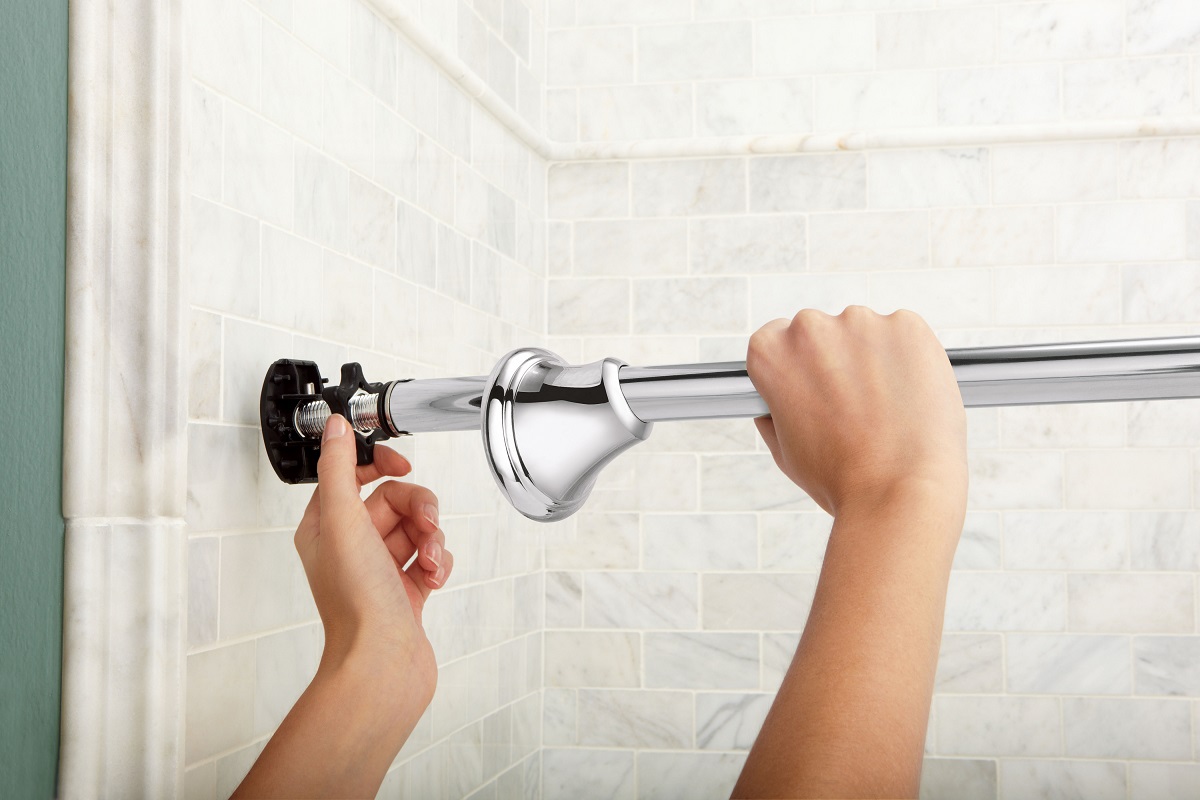
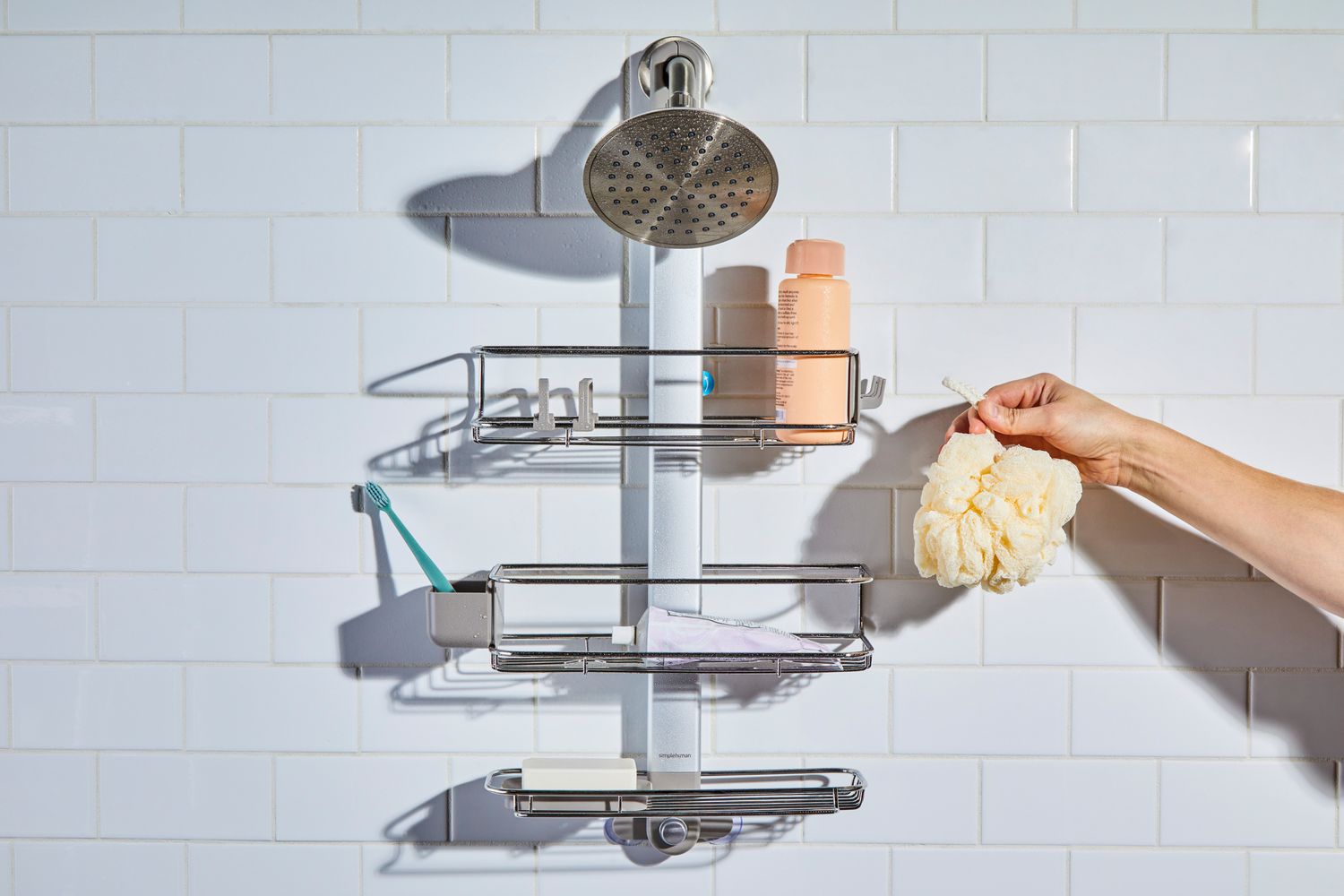
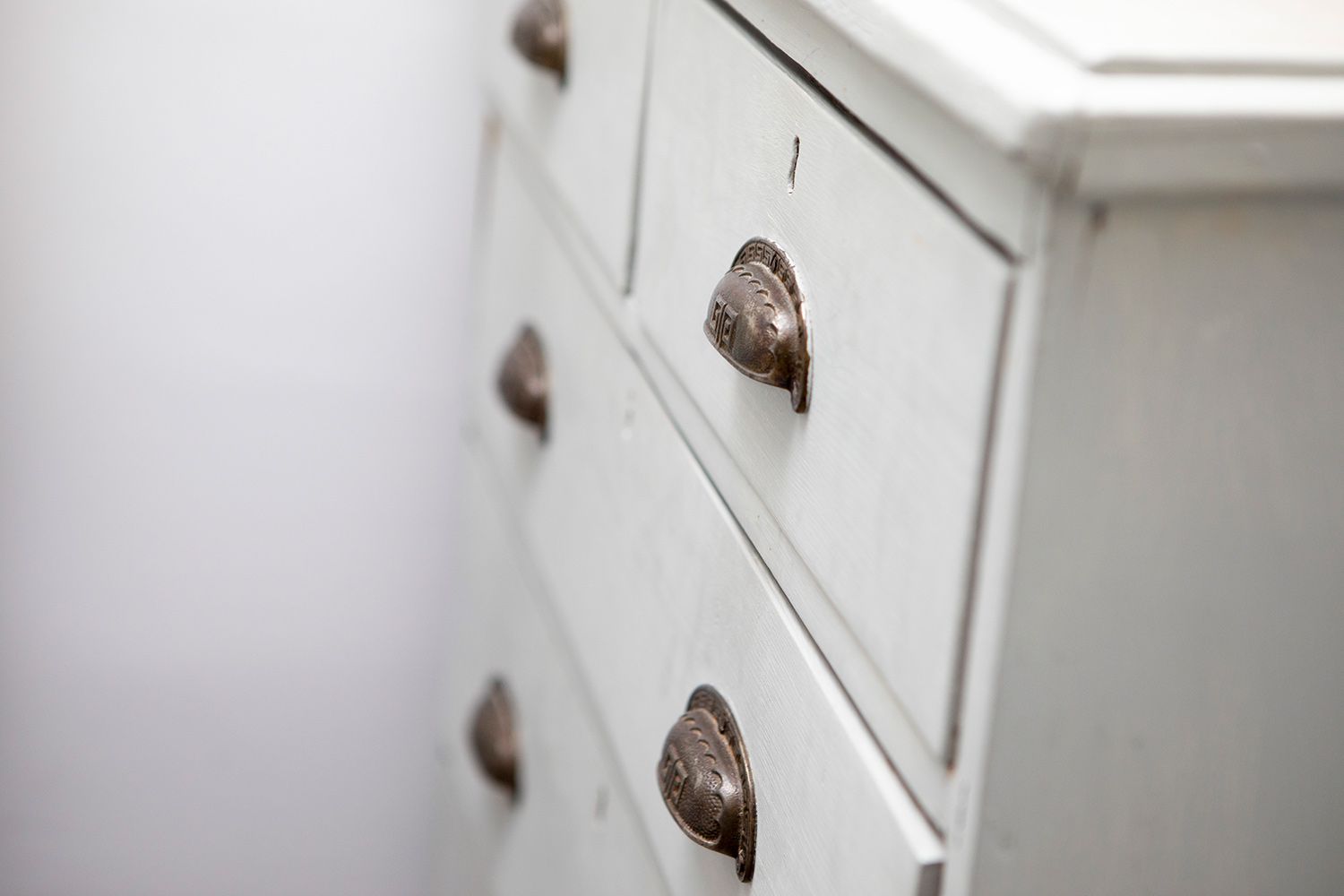


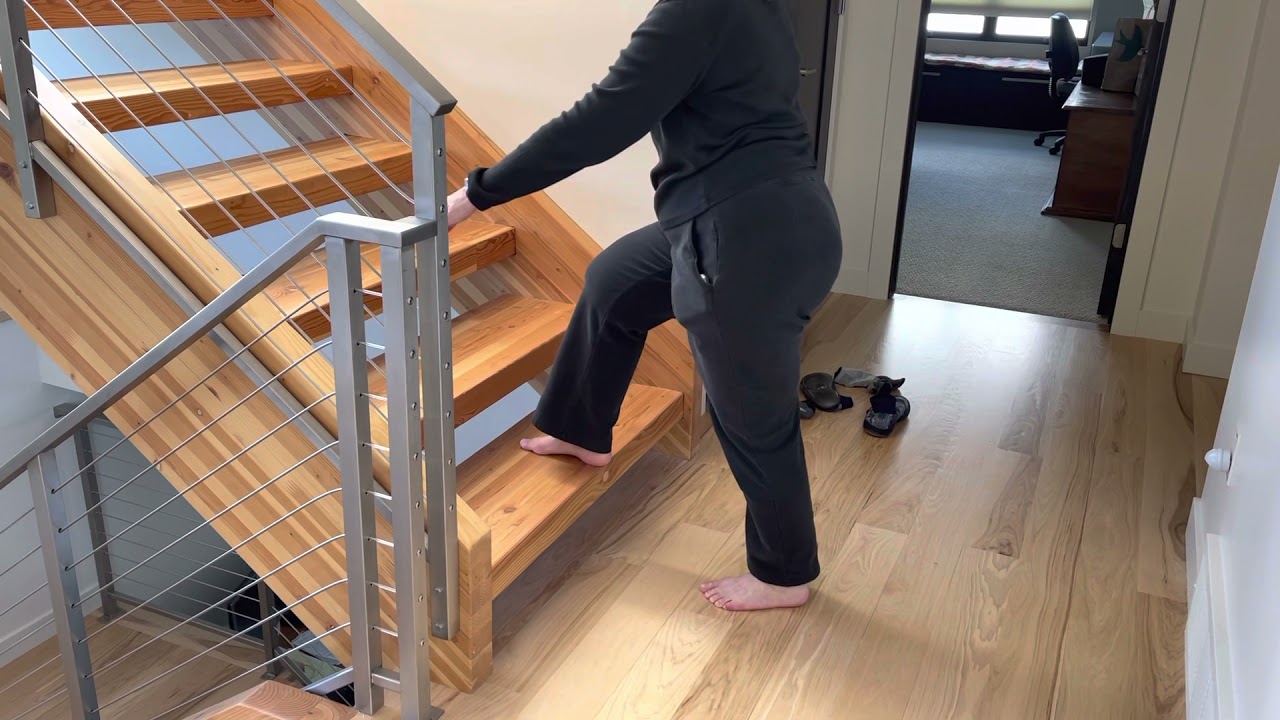
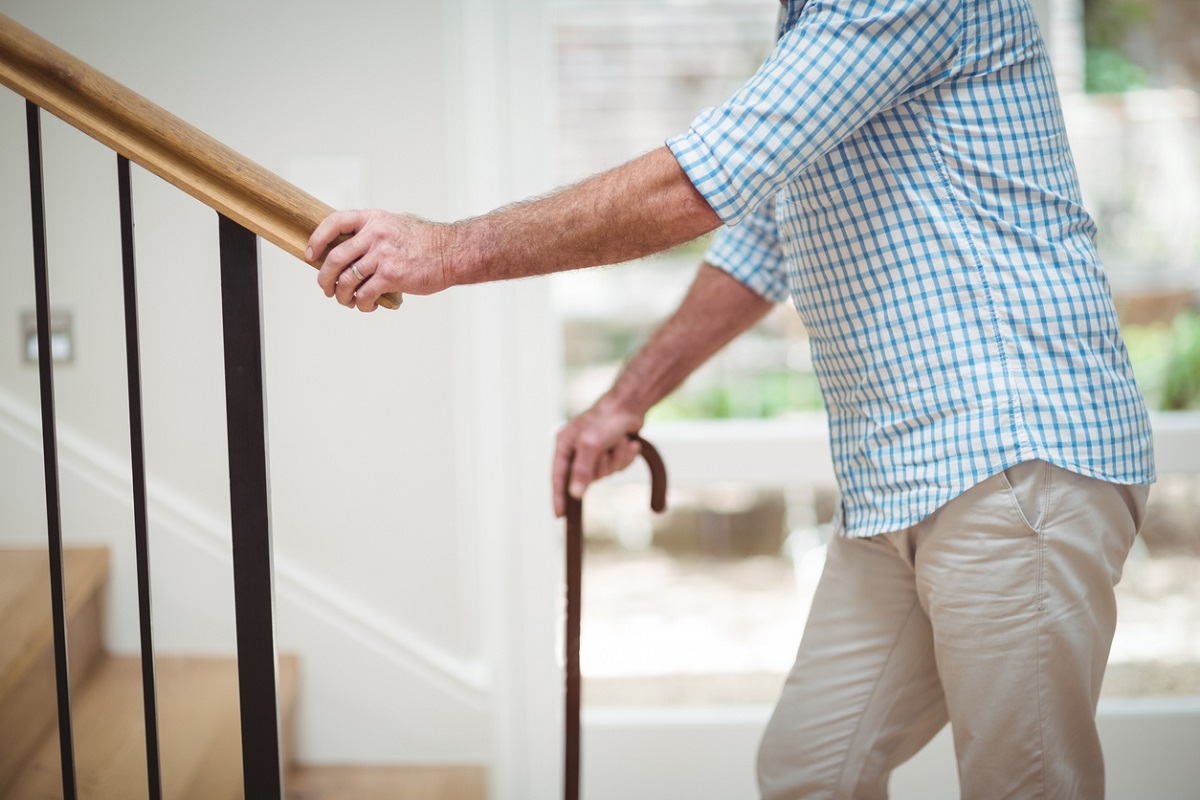
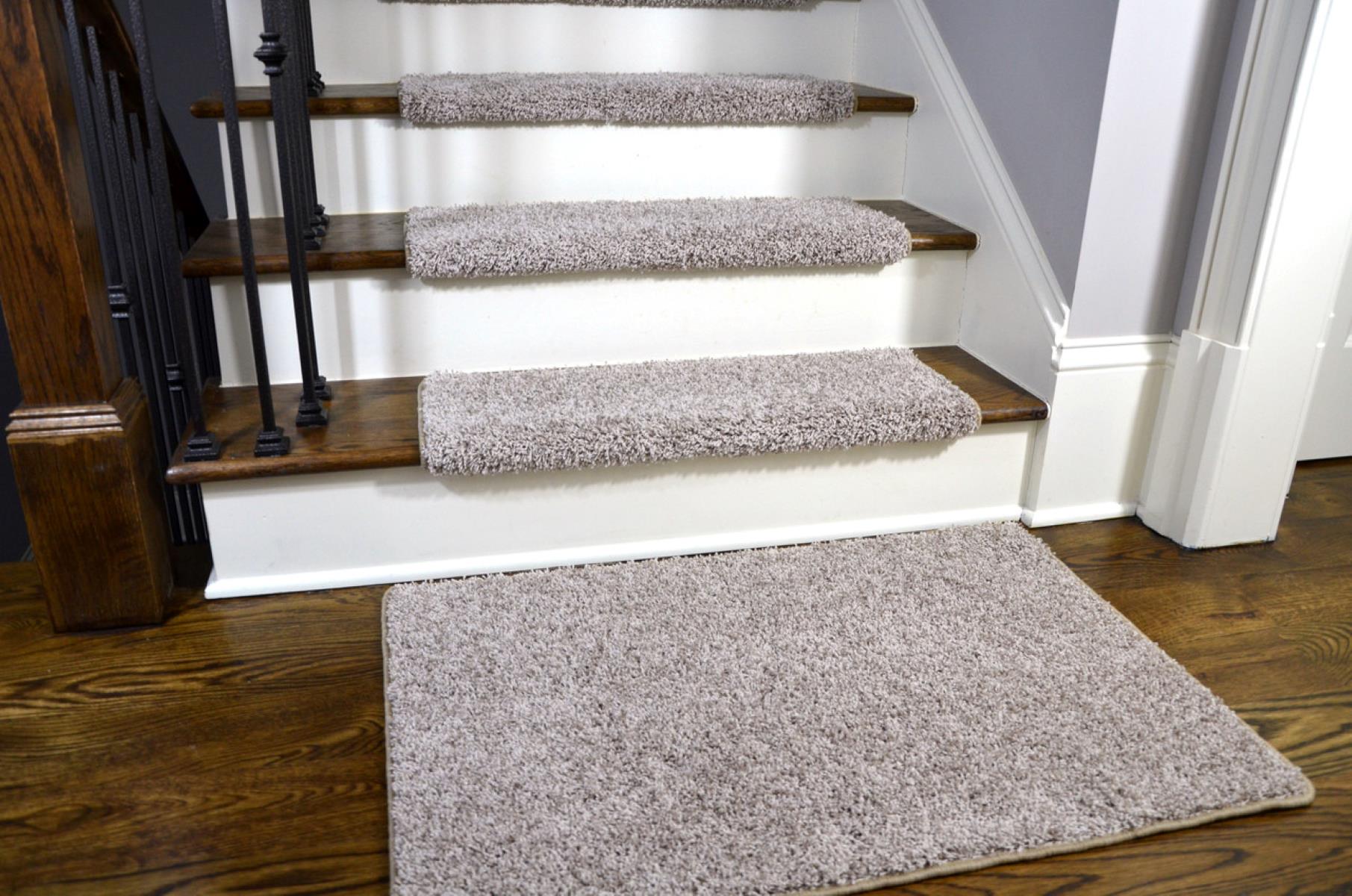
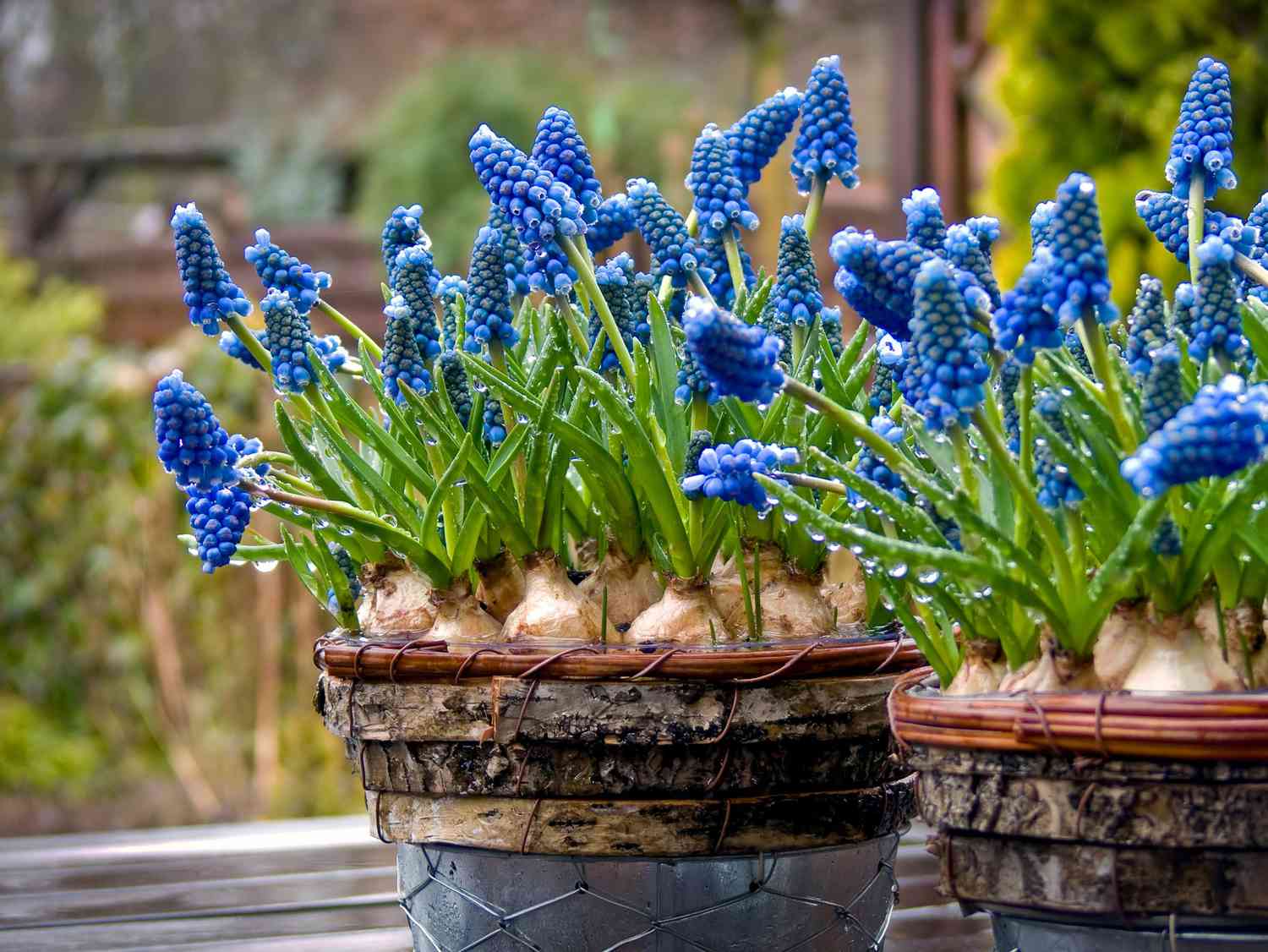
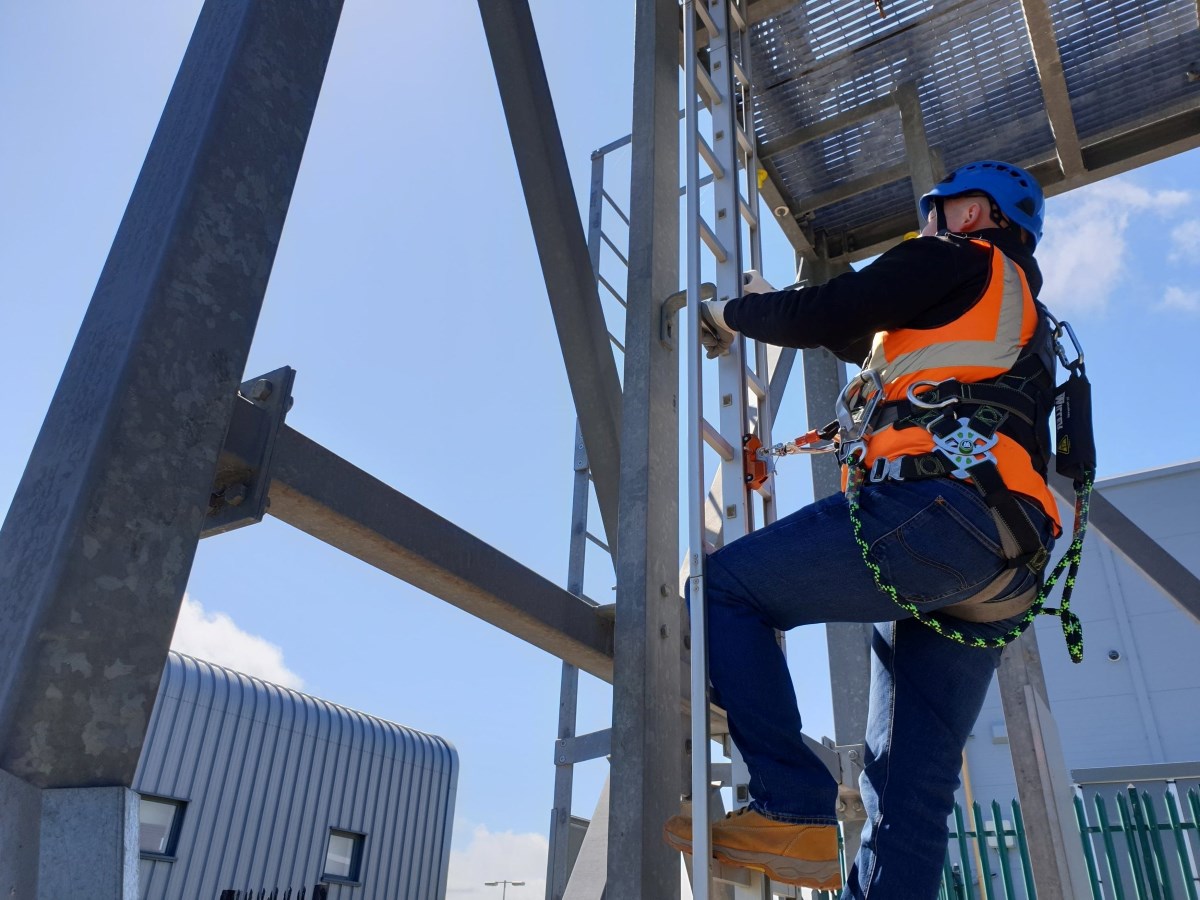
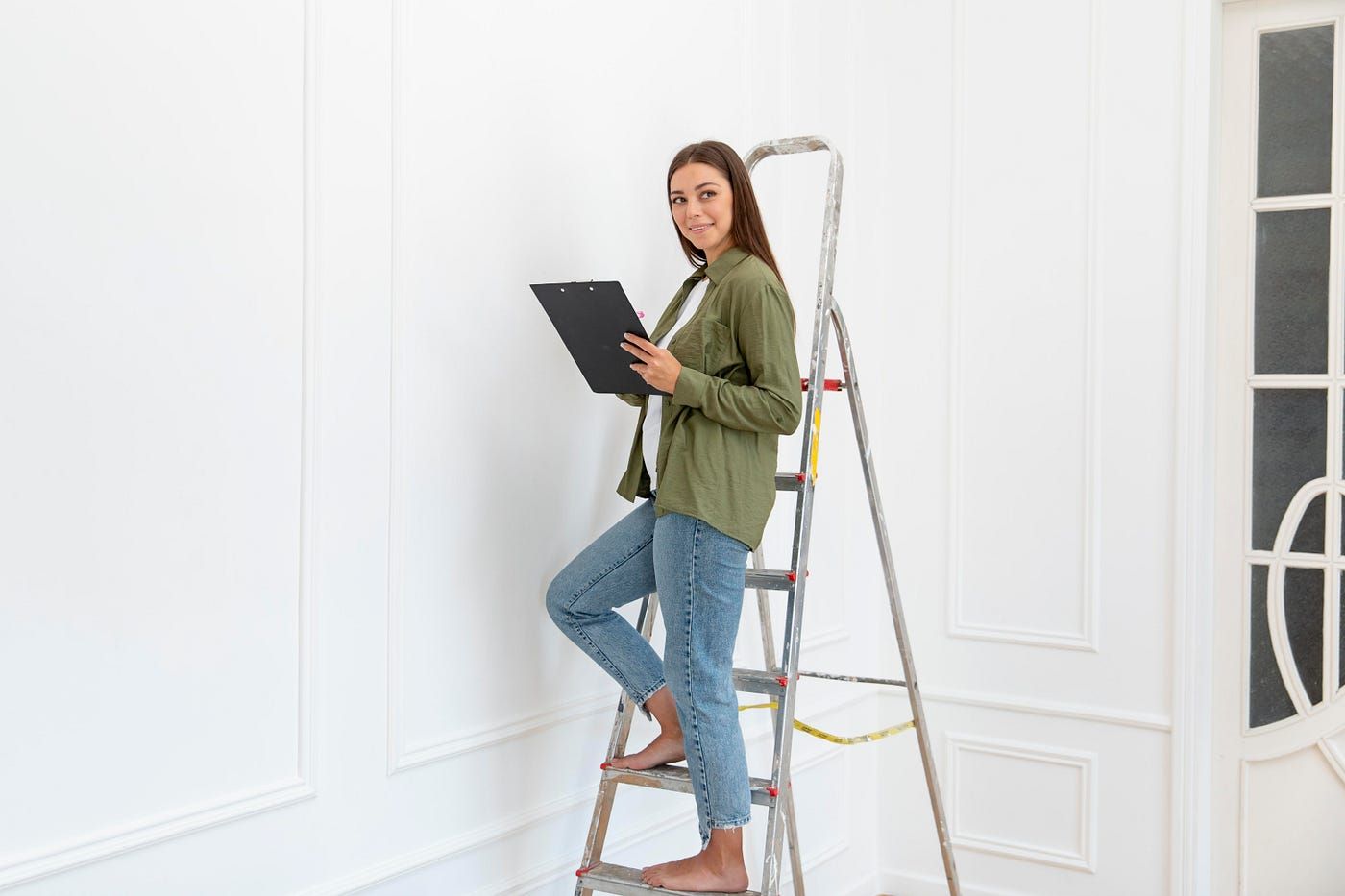
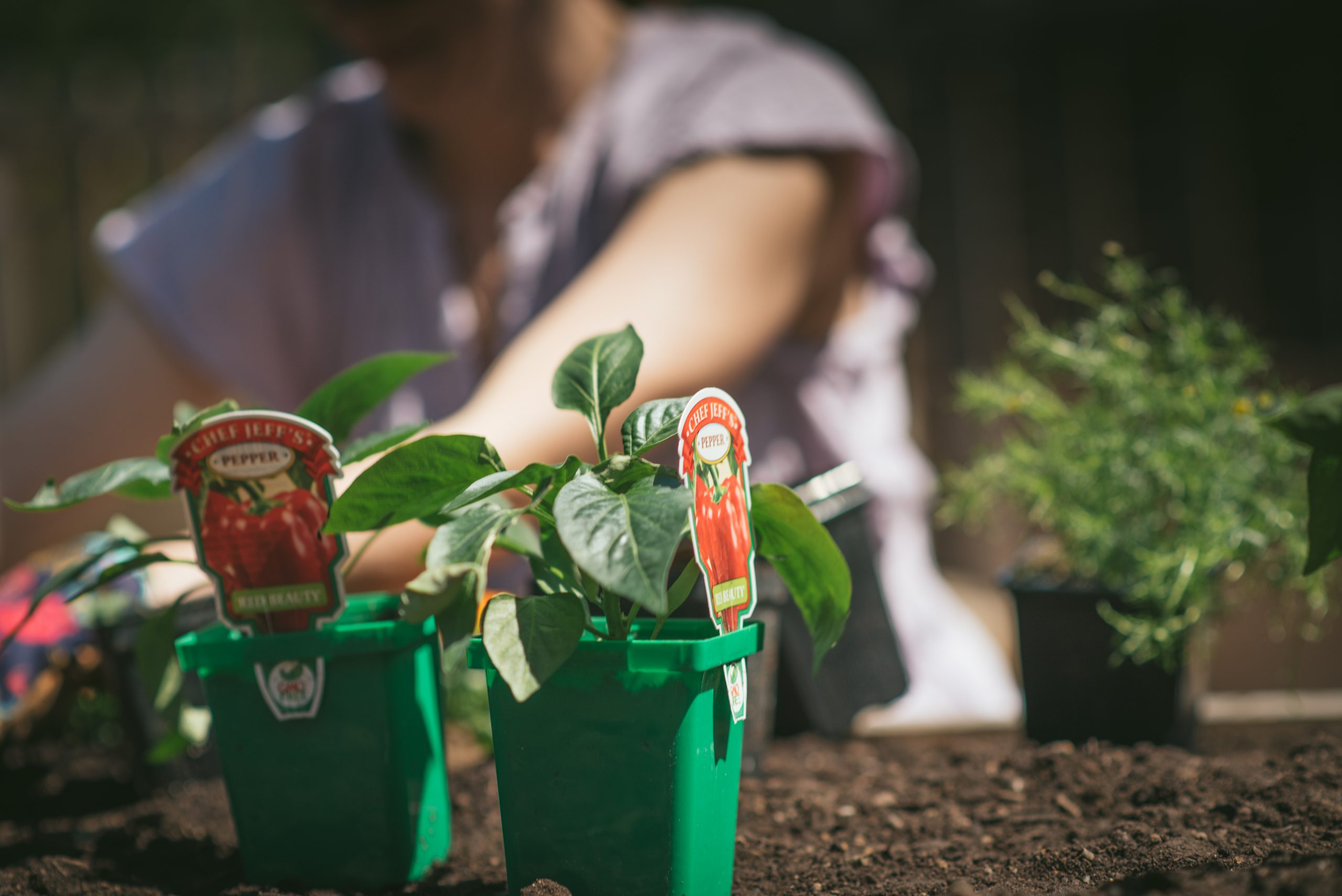

0 thoughts on “How To Prevent A Fall When Climbing Stairs”